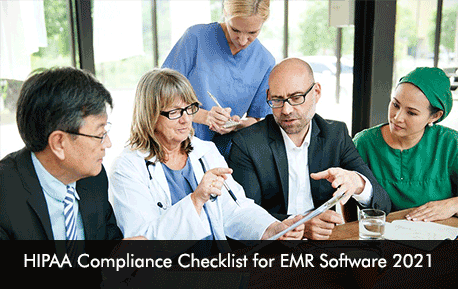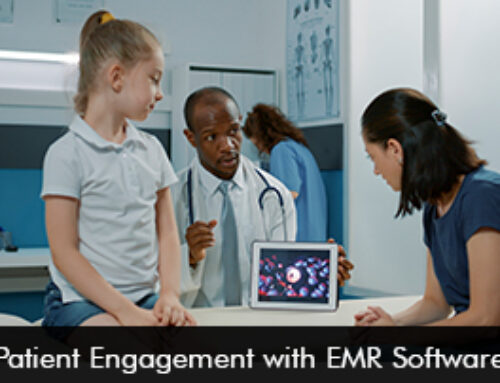Your Electronic Medical Records (EMR) Software system should be HIPAA Compliant to ensure the safety and protection of sensitive patient data from data breaches and ransomware attacks If the healthcare software fails to meet HIPAA regulations then your practice can face serious consequences of hefty fines and disclosure of data which can make your patients dissatisfied with your privacy policies.
What is HIPAA Compliance for EMR Software development?
HIPAA is also known as Health Insurance Portability and Accountability Act is a law that has set security standards for software vendors and providers to protect health information from data leaks. HIPAA compliance also aims to enhance efficiency for healthcare organizations by facilitating different hospitals to seamlessly exchange electronic medical records remotely, eliminating paperwork.
Who is required to comply with HIPAA regulations?
Everyone who is working with protected health information is required to meet end-to-end HIPAA requirements. There are two categories of users that need to follow HIPAA rules including covered entities and business associates.
Covered Entities
Covered entities are users that handle protected health information directly such as;
- Healthcare providers (hospitals, clinics, nursing staff, and pharmacies)
- Healthcare plan providers (insurance companies and government medical care programs)
- Healthcare clearinghouse, these transfer data between providers and healthcare plan provider’s example include billing services).
Business Associates
Business associates are third-party companies that need to access PHI to perform crucial functions. Examples include;
- IT consultants
- Cloud hosting vendors
- EMR/EHR software vendors and developers
- Email services providers
Guidelines for HIPAA Compliance
The following strategies will help your practice ensure that the software platform meets security and protection requirements to ensure 24/7 safeguard against information leaks and cybersecurity threats.
User Authorization
Your IT management must train all your staff members to use difficult passwords and disallow them to reuse passwords for maximum security. Security protocols need to be embraced such as an automatic log-off and using advanced encryption standards. Role-based access control can be used to limit PHI access, keeping information to employees who require them and not everyone.
Activity Monitoring
Monitoring activity regularly can help identify any suspicious activity that is taking place with your system. It is advised that your medical practice give every user a unique ID through which they can have access to PHI. All login attempts need to be recorded by your system at all times. These suggestions can help spot activities from unknown devices and new access locations.
Contingency plan and backup
You need to have a plan in case of an emergency, for this your practice needs to assess data recovery policies and techniques. Your system should update data regularly from your Electronic Health Records software system. Last but not the least, always update emergency plans at least every year. It is important to evaluate data security incidents since the last audit.
Moving Forward
Data breaches are a serious threat for healthcare organizations as more and more data is shared electronically. However, the above mention security protocols can ensure minimum risk of cyber attacks and achieve the right security standards.







